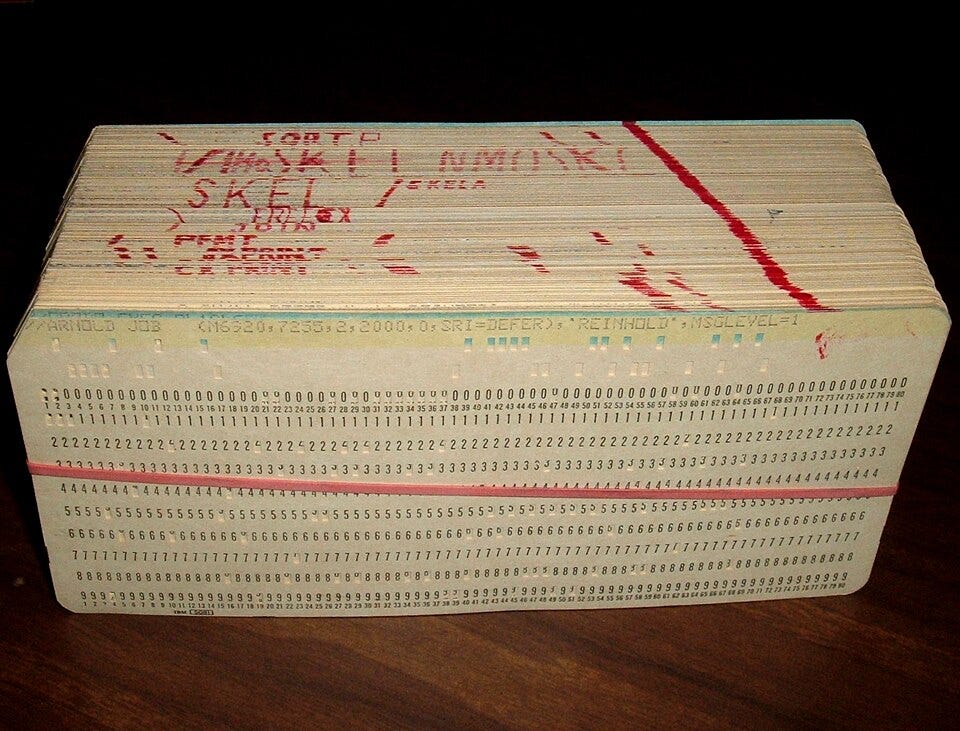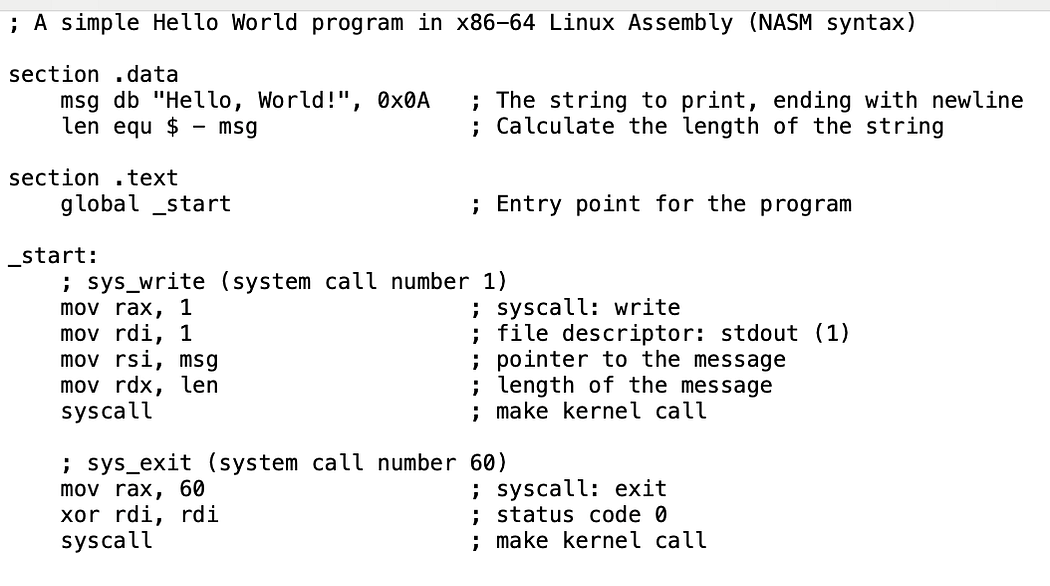Teach AI Literacy and Readiness, for FREE! Request beta access before Dec 31st.

October 1, 2025
When teachers talk about their district’s computer science pathway, one concern comes up often: “I want my students doing real coding like Python, not blocks.” It is an understandable worry. If coding is a career skill, shouldn’t we be teaching students the languages they will see in industry?
But that perspective misses what block-based programming actually does, and why it is such a powerful foundation for students.
To understand block-based programming, it helps to see where it fits in the bigger story of computer science. Programming has always been about raising the level of abstraction.
In the earliest days, programmers used punch cards. Each card represented a single instruction. Writing a program meant feeding a deck of cards into a machine. The focus was on telling the computer exactly what to do in painstaking detail, and the work was slow and error-prone.

Then came assembly languages. Instead of punching holes, programmers could use short codes like MOV or ADD to tell the machine what to do. This was still close to the metal, but it was a huge improvement in readability and efficiency. You still had to manage registers and addresses, but you could reason about a sequence of operations without a stack of cardboard.

Next came high-level languages like C and FORTRAN. Suddenly, programmers could write loops, conditionals, and functions that abstracted away the details of registers and memory management. This shift meant they could spend more energy on solving the problem and writing algorithms rather than in terms of CPU instructions.

Languages like Python and JavaScript pushed abstraction even further. They emphasized readability and simplicity, making it possible for millions of people outside of traditional computer science fields to become programmers. Developers could now build applications, websites, and data pipelines without worrying about memory allocation or low-level machine instructions. This did not make programming less real! It opened the door for millions of people to program without first becoming experts in hardware.

Block-based programming is the next layer in this story. Just as Python made programming more accessible than C, blocks make programming even more approachable. They remove the burden of syntax errors and let beginners focus on the heart of coding: logic, problem solving, and computational thinking. In that sense, blocks continue the long tradition of raising the level of conversation between humans and machines.

At its core, programming is a conversation with a computer. Every missing semicolon or misplaced parenthesis is a breakdown in communication. For beginners, those breakdowns can be discouraging. Block-based environments remove this barrier. Snapping instructions together makes structure concrete. The editor prevents malformed combinations. Students spend their time on flow of control, data, decomposition, and testing. They practice the conversation itself.
Here is the truth: the intellectual work students do with blocks is the same work they will do in Python, Java, or C++. When a student breaks down a big problem into smaller steps, designs an algorithm, or debugs their logic, they are thinking like a computer scientist. Syntax is simply a different notation.
That is why many universities use blocks at the start of their introductory computer science courses. Harvard’s CS50 begins with Scratch before moving into C and Python. MIT and Berkeley at times have also relied on block-based activities to build confidence before students transition to text.
And there is also a connection to industry. Unreal Engine’s Blueprint system is a visual programming environment used to develop commercial video games. Node-RED, another visual programming tool, is used by engineers to automate Internet of Things workflows. Blocks are not limited to simple problems. They are a practical tool in certain professional contexts.
Some think of block-based programming as fun, but elementary. That is not entirely wrong. It is fun and engaging! But fun does not mean shallow.
In our own virtual reality courses at Hello World CS, students create interactive 3D worlds, apply loops and conditionals, and debug the logic of their own designs. They are building projects that require planning, iteration, and persistence. This is rigor in action, not because we use the word rigorous, but because students are engaged in meaningful problem solving.

It is also worth noting that even at the AP level, blocks are widely used. In AP Computer Science Principles, the Create Task allows students to use any language. Many student submissions rely on block-based environments. Why? Because blocks still demand strong computational thinking while lowering the barrier of syntax. Block-based coding in CSP is not a weakness. It is a way to broaden access while still building foundational skills.

A coherent pathway does not ask students to leap from zero to professional syntax in one step. It starts with accessible tools that highlight core ideas, then introduces text when those ideas are stable. A strong sequence might look like this. Begin with a block-based course where students create tangible artifacts and learn control flow, data, and debugging. Move into Python to experience the same ideas with textual notation. Extend into web development or data projects where students see how code connects to real users and real datasets. The goal is not to stay in blocks forever. The goal is to use the right tool at the right time to grow capable problem solvers.
The next turn in this story is already visible. As AI becomes a standard part of software creation, students will compose systems that combine code, data, and model behaviors. Visual composition is a natural fit here. Think of block-style nodes that represent steps like classify, summarize, extract, generate, route, or evaluate. Think of flows that mix traditional logic with prompts, safety checks, vector searches, and API calls. Students will learn to design robust pipelines that call AI in specific, testable ways rather than treating AI as magic.
This does not replace learning to program. It reframes what it means to program in an AI-rich world. Blocks can make invisible model interactions concrete. They can scaffold good habits like validating outputs, handling uncertainty, and measuring quality. They can help students compare a conventional algorithm to an AI-assisted approach and decide which is appropriate. In short, AI blocks extend the same accessibility benefits while opening a new frontier of computational design.

So is block-based programming real coding? Absolutely. If coding is about solving problems, designing algorithms, and communicating with a machine, then block-based programming qualifies. The computational thinking skills students build with Scratch, Blockly, or CoBlocks are the same ones that power every professional programming language.
Blocks are not a gimmick, and they are not a shortcut. They are the latest step in the long history of programming abstraction. By lowering barriers, they open the door for more students to discover computer science, and they prepare students for whatever comes next.